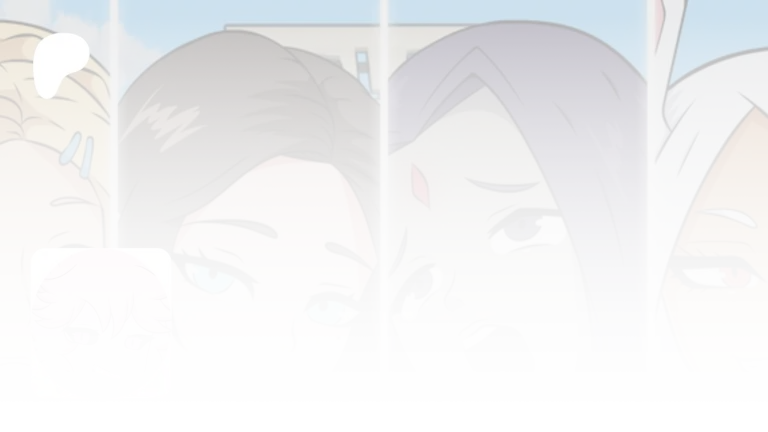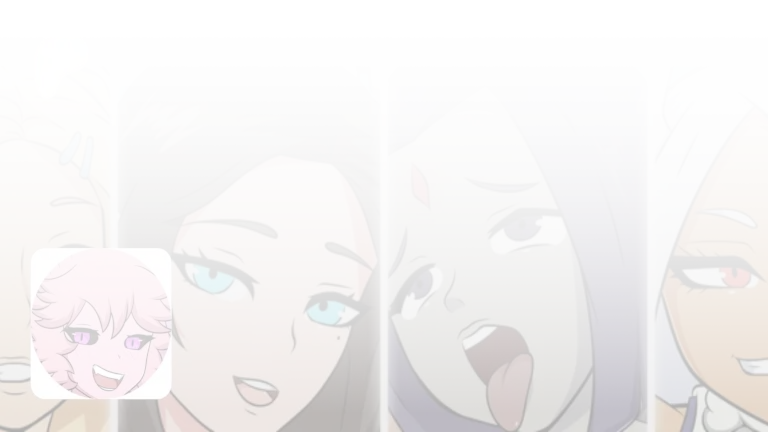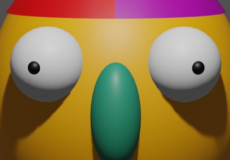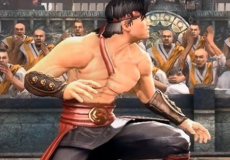
To Eat A God
Advertisement
To Eat A God is a narrative-driven visual novel set in a realm called the Void. The player assumes the role of a puppet created by an unknown power and placed within a world maintained by divine beings known as Symbols. These entities serve under the Creator, ensuring balance within the space they oversee. The puppet’s task is to integrate into this system and act as if it belongs there, though its true purpose remains hidden. As the story develops, the line between duty and identity becomes central to the experience.
Advertisement
Similiar games
To Eat A God is a narrative-driven visual novel set in a realm called the Void. The player assumes the role of a puppet created by an unknown power and placed within a world maintained by divine beings known as Symbols. These entities serve under the Creator, ensuring balance within the space they oversee. The puppet’s task is to integrate into this system and act as if it belongs there, though its true purpose remains hidden. As the story develops, the line between duty and identity becomes central to the experience.
Gameplay And Narrative Structure
The core of To Eat A God lies in reading, decision-making, and exploring multiple storylines. The player advances through dialogue choices that shape both relationships and outcomes. Each Symbol represents a distinct personality and worldview, influencing how the story unfolds depending on which path is chosen. There are several major routes that can lead to different endings, each revealing a new aspect of the world and its internal logic. The lack of combat or puzzle mechanics shifts the focus entirely to character interaction and thematic discovery.
Features And Progression
The game combines branching storylines with a wide range of visual and written content. It uses illustrated scenes and character sprites to support tone and context. Every route can lead to unique scenes or endings based on earlier choices, rewarding replay and experimentation.
Core features include:
- Multiple routes tied to individual characters and story branches
- A large number of endings based on cumulative decisions
- Extensive illustrated scenes and dialogue variations
- A text system that tracks choices and unlocked paths
Themes And Player Perspective
To Eat A God examines control, dependence, and awareness within a structured universe. The puppet’s presence in the Void challenges the established order, but understanding that world requires interaction rather than confrontation. Choices rarely feel entirely right or wrong; they define perspective rather than morality. The dialogue often reveals more about the system’s design and the limits of autonomy within it. Through each route, the player observes how hierarchy and identity conflict in a space built on obedience.
To Eat A God presents an experience focused on decisions, dialogue, and introspection rather than direct action. It explores how characters maintain roles in a controlled environment and what happens when those roles begin to fail. The branching structure encourages replay to uncover every viewpoint and hidden truth. By blending text, visuals, and player choice, the game turns a single storyline into a layered network of meaning centered on creation, control, and existence within the Void.
Discuss To Eat A God


















